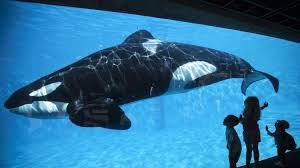How do we end the practice of whale and dolphin captivity? I begin with an assumption. Most people, once made aware of the truth behind cetacean captivity, will never (or never again) buy a ticket to a dolphin show. As far as I know, no one has ever produced the data to back this up (though it would be interesting to one day do that). Call it a basic trust in the essential goodness of people, based on much of my experience, and a great many conversations on this topic. I could be dead wrong. But I don’t think so.
If this assumption is correct, it could be the single most important fact we have on our side. It gives us a tool which, if used correctly, will put an end to captivity. The average person, when made aware of what must necessarily be done to make a dolphin show possible, must draw the conclusion that the industry is a brutal one, and undeniably exploitative. He is not indifferent to the great harm we humans are doing to these other species. I am willing to make a strategic bet that this person, newly armed with this information, will not thereafter ever make the conscious choice to buy a ticket to a dolphin show. I am also willing to bet that this fact will hold, more-or-less, across cultures. I believe that this gives us our most significant advantage in the fight against cetacean captivity.
People who pay money to see dolphin shows largely do so because they have some degree of appreciation for, and recognition of, the magnificence of these creatures. A dolphin’s considerable intelligence quickly becomes obvious. Though physiologically so very different from us, they are easily taught to mimic behaviours that are recognizable to us. We see them up close, and it’s easy to believe that we are having an educational experience, along with being entertained. And most of the time the dolphins appear happy enough, unless you know what to look for.
But rest assured that the dolphin’s smile is not what our brains, so hardwired to read facial expressions, see them to be – life in a concrete tank is, for such a being, a living hell.
What isn’t immediately obvious, and the industry goes to great lengths to hide, is:
- Dolphins are subjected to cruelty and barbaric treatment throughout the entire process of capture, transport, and long-term (life long) confinement. This has been well understood and documented by scientists and activists for many years now.
- The full extent of what it means to be a member of such a species. The emotional trauma of pods (families) being ripped apart, and witnessing the murder of others in their group who haven’t been selected. Given what we know about the dolphin brain, and the extraordinary social intelligence dolphins exhibit in their behaviour, the experience is likely as intense and traumatic for them as it would be for us.
Make the public aware of this – show them the evidence, which we already have in abundance, and you have effectively finished the captivity industry. I believe this. Captivity rests on a lie. Expose the lie, and your work is essentially done. But you need to reach enough people. So therein lies our challenge.
If I am wrong in my assumption, then our task will be much harder. But I don’t believe that I am.
So this is how the battle lines are drawn. In order to get to a strategy, let’s first consider who the various stakeholders are, as well as the relative sizes of the groups I’ll describe below. How the numbers vary as people move among these groups is the key to everything. We’ll get into it in my next post, but here, essentially, are the entities involved in the battle the captivity industry must necessarily win in order to sustain itself. A win we’re going to do everything in our power to deny them.
Any given person falls into one (and only one) of these six groups:
Working for us are:
- Active change makers
- Their supporters (donors, volunteers, spokespersons)
- Those who are aware and informed, not necessarily supporting us, but also not potential patrons of dolphin shows
Working against our interests are:
- The casually indifferent and
- The cetacean captivity industry and various enabling industries
Sitting in the middle is by far the largest group, i.e.
- The rest of the general public. Potential patrons, but also potential supporters for our side.
(Policy makers can be in any group. Our representatives generally reflect who we are as an electorate, but as elected officials, their opinion can count more than others’.)
It is whether we can mobilize enough people to move from group 6 into, at a minimum, group 3, that will determine the outcome of this battle. The nice thing is that once we move them, they rarely, if ever, move back. But we still need to reach them first. More on this next time.
For The Orca’s Voice,
Phil, and the CCA Team



Leave a Reply